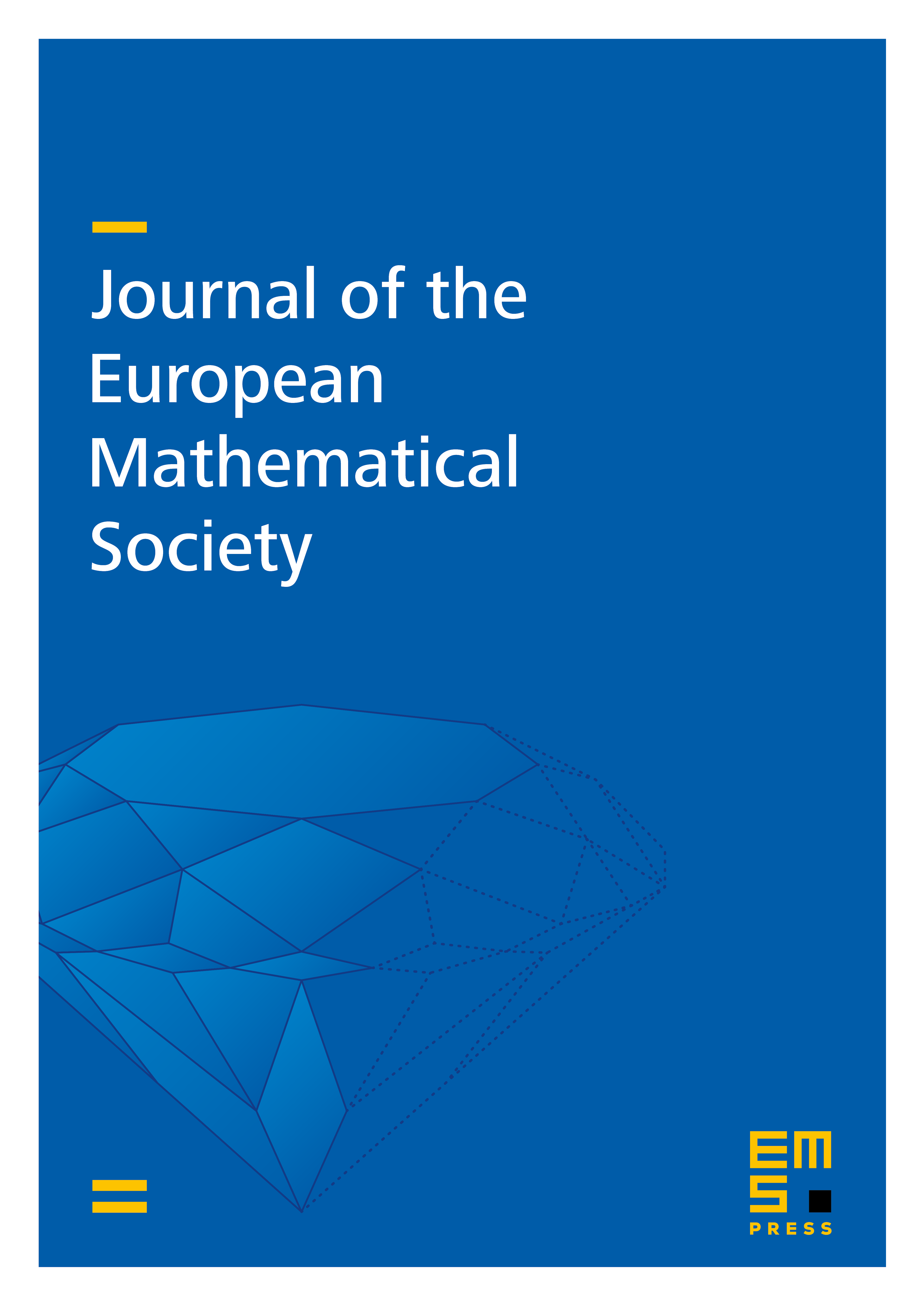Two extensions of the Erdős–Szekeres problem
Andreas F. Holmsen
Korea Advanced Institute of Science and Technology (KAIST), Daejeon, Republic of KoreaHossein Nassajian Mojarrad
New York University, USAJános Pach
Ecole Polytechnique Fédérale de Lausanne, SwitzerlandGábor Tardos
Rényi Institute and Central European University, Budapest, Hungary

Abstract
According to Suk's breakthrough result on the Erdős–Szekeres problem, any point set in general position in the plane, which has no elements that form the vertex set of a convex -gon, has at most points. We strengthen this theorem in two ways. First, we show that the result generalizes to convexity structures induced by pseudoline arrangements. Second, we improve the error term.
A family of convex bodies in the plane is said to be in convex position if the convex hull of the union of no of its members contains the remaining one. If any three members are in convex position, we say that the family is in general position. Combining our results with a theorem of Dobbins, Holmsen, and Hubard, we significantly improve the best known upper bounds on the following two functions, introduced by Bisztriczky and Fejes Tóth and by Pach and Tóth, respectively. Let (and ) denote the smallest positive integer with the property that any family of pairwise disjoint convex bodies in general position (resp., convex bodies in general position, any pair of which share at most two boundary points) has an -membered subfamily in convex position. We show that .
Cite this article
Andreas F. Holmsen, Hossein Nassajian Mojarrad, János Pach, Gábor Tardos, Two extensions of the Erdős–Szekeres problem. J. Eur. Math. Soc. 22 (2020), no. 12, pp. 3981–3995
DOI 10.4171/JEMS/1000